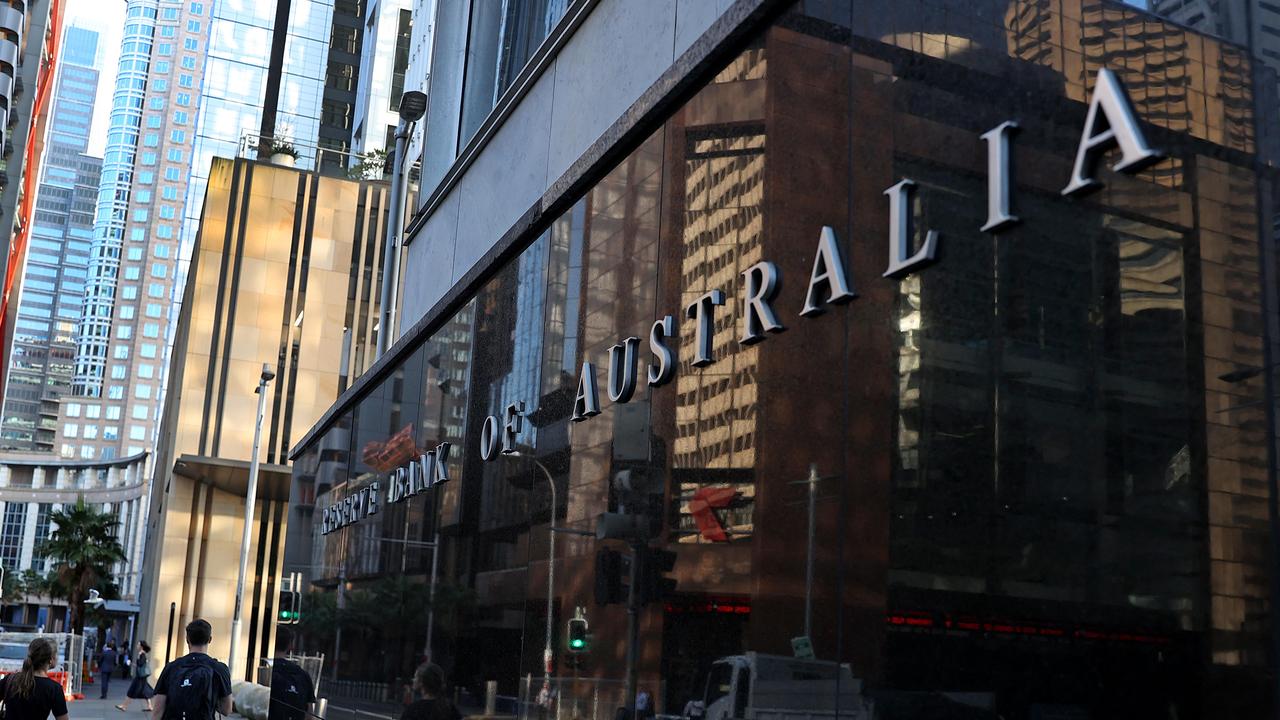There is a glimmer of hope for Australians fearing more interest rate pain, with a leading economist predicting the massive hikes could soon start to ease.
On August 2, the Reserve Bank of Australia raised interest rates for a fourth consecutive month, bringing them to a six-year high of 1.85 per cent.
It was also the third month in a row the cash rate rose by 0.5 per cent, the fastest interest rate growth Australia has experienced in almost 30 years.
The RBA has made it clear interest rates will continue to go up as it attempts to bring soaring inflation levels down.
But independent economist Saul Eslake, former Bank of America Merrill Lynch chief economist (Australia and New Zealand), believes interest rates will not rise as high as some are predicting.
“I think the Reserve Bank is of a mind to get it (interest rates) up to about 2.5 per cent by the end of the year. That could be either 2.35 per cent or 2.6 per cent,” he told NCA NewsWire.
“Then they will be able to pause to assess the impact of what they by then will have done.
“In my view, that may well be enough to slow the economy sufficiently.”
Mr Eslake said raising the cash rate to 2.35 or 2.6 per cent should be enough to achieve the RBA’s goal of slowing down the growth of domestic spending to counter inflation.
“As customers do have to start paying for the rate increases that have been announced, you should see spending slow quite a bit,” he said.
“The other part of the answer is that there is now starting to be some evidence to suggest that the global sources of inflationary pressure have peaked.”
Mr Eslake’s projection goes against what the country’s big four banks have previously predicted after they all unanimously forecast more pain for Australians.
NAB expected the cash rate to sit at 2.85 per cent by November, while Westpac forecasted it would rise to 3.35 per cent by February next year.
But Westpac’s forecast was not as dire as ANZ’s, who expected the cash rate to rise above three per cent before the Christmas holidays.
“Our expectation is that the RBA will deliver this via four more successive 50 basis point rate hikes in August, September, October and November,” ANZ’s head of Australian economics, David Plank, wrote in July.
“This 200 basis points of additional tightening sees the cash rate target at 3.35 per cent by November.”
The CBA forecasted the cash rate will sit at 2.60 percentage points by November.
Mr Eslake acknowledged and did not dismiss these projections, but expressed concern over what it could mean for the Australian economy.
“My view would be that if the Reserve Bank does end up going straight to 3 per cent or 3.5 per cent… there will be a much greater risk of a sharper slowdown in the Australian economy,” he said.
RBA Governor Philip Lowe has previously said he expects they will take further action on interest rates, but indicated those changes are not “pre-set” and subject to incoming data at the time.
“The Board expects to take further steps in the process of normalizing monetary conditions over the months ahead, but it is not on a pre-set path,” he said in a statement following the August hike.
“The size and timing of future interest rate increases will be guided by the incoming data and the Board’s assessment of the outlook for inflation and the labor market.”
.

